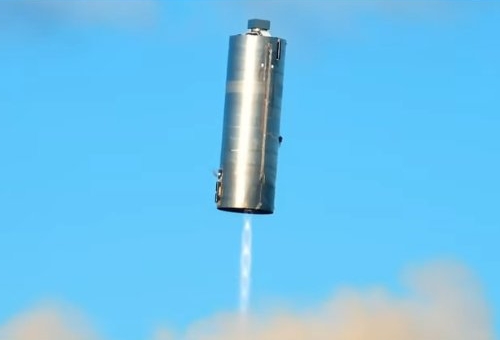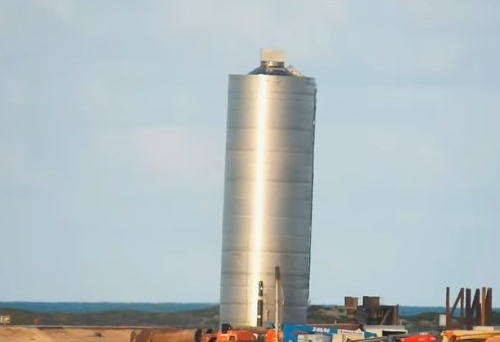The four companies (one a Chinese government operation) aiming for first orbital launch in 2020
Link here. The three private companies are Astra, Firefly, and Virgin Orbit. The fake Chinese private company is Expace.
Of the four, only Firefly has not yet attempted to launch, and in many ways remains the dark horse in this competition, coming out of bankruptcy to become reborn with a new investor. All three of the American private companies however have made it clear they intend to launch before the end of the year. The Chinese company’s plans are unknown (not surprisingly). Astra will be first, with its next launch attempt set for later this month.
Link here. The three private companies are Astra, Firefly, and Virgin Orbit. The fake Chinese private company is Expace.
Of the four, only Firefly has not yet attempted to launch, and in many ways remains the dark horse in this competition, coming out of bankruptcy to become reborn with a new investor. All three of the American private companies however have made it clear they intend to launch before the end of the year. The Chinese company’s plans are unknown (not surprisingly). Astra will be first, with its next launch attempt set for later this month.






